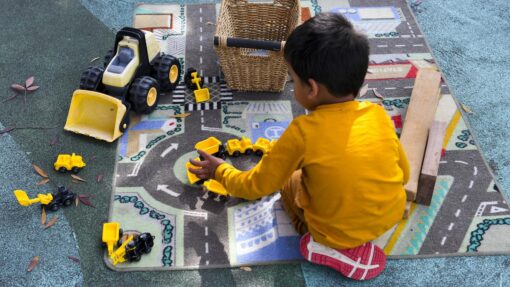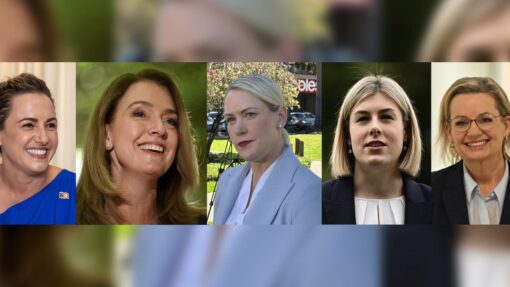Read all about it: NSW preschoolers are falling behind
Kathryn Magann |
Children under five in NSW lag behind most other states in literacy levels, with early educators calling for greater investment in library education and reading programs.
The peak body representing libraries in NSW has launched the Birth to Five – Read and Thrive campaign, to address the decline in reading rates.
A research report commissioned by NSW Public Libraries found the state has fallen behind both the national and OECD benchmarks for child literacy levels.
The report said NSW sits above only the NT and Tasmania, lagging behind the ACT, WA, Victoria, Queensland and SA.
NSW Public Libraries Association president and Blue Mountains councillor Romola Hollywood said 20 per cent of preschool-aged children in NSW are developmentally vulnerable in one or more key skill areas.
“Parents in NSW would be shocked that our state ranks sixth last of all states and territories in mean reading literacy performance,” she said.
“Poor literacy in early childhood can create learning difficulties that last a lifetime.
“But early childhood literacy rates in NSW are some of the lowest in Australia, and our children are falling further behind.”
Lucy Fleming, a Sydney-based speech therapist and mother to three young boys, says the zero-to-five age period is essential for young children’s mental development.
“There are strong links between reading, speech and literacy,” she said.
“For young kids, story time, having books read to them, singing and playtime with parents, it really does bring about positive improvement in skills and abilities.”
Ms Fleming said having access to programs such as story time, reading competitions and other school holiday events at her local libraries had helped with her three boys, aged seven, six and three.
She said many parents told her they struggled to find time to read to their children, and she suggested fitting in reading chapters whenever possible, even during teeth-brushing time.
“It could be a chapter, it doesn’t have to be a full book,” Ms Fleming said.
“It’s aiming for five minutes a day of reading.”
The report highlighted the slide in young children’s reading abilities over the past few decades.
The Program for International Student Assessment reading mean score for NSW dropped 46 points between 2000 and 2008, with NSW students dropping below the national average since 2015.
The declining rates of childhood literacy are also leading to issues for students later in their schooling.
Between 2000 and 2018, the number of year nine students in NSW below the national proficient reading standard jumped from 27 per cent to 44 per cent.
Cr Hollywood said states with investment programs for childhood education in public libraries were reaping the benefits, and NSW needed to catch up.
“That’s why we’ve launched the Birth to Five – Read and Thrive campaign, calling on all political parties at the NSW election to commit to addressing the crisis in early childhood literacy,” she said.
Cr Hollywood said a public awareness campaign to highlight the importance of early childhood literacy should be run off the back of real investment by the state government.
“With a clear strategy, focused action and proper funding, the next NSW government can turn this early childhood literacy crisis around for our children’s futures,” she said.
“We’ve seen the success of similar programs in other Australian states and overseas, and I’m confident that with the right commitment from the government, we can achieve similar success here in NSW.”
AAP


